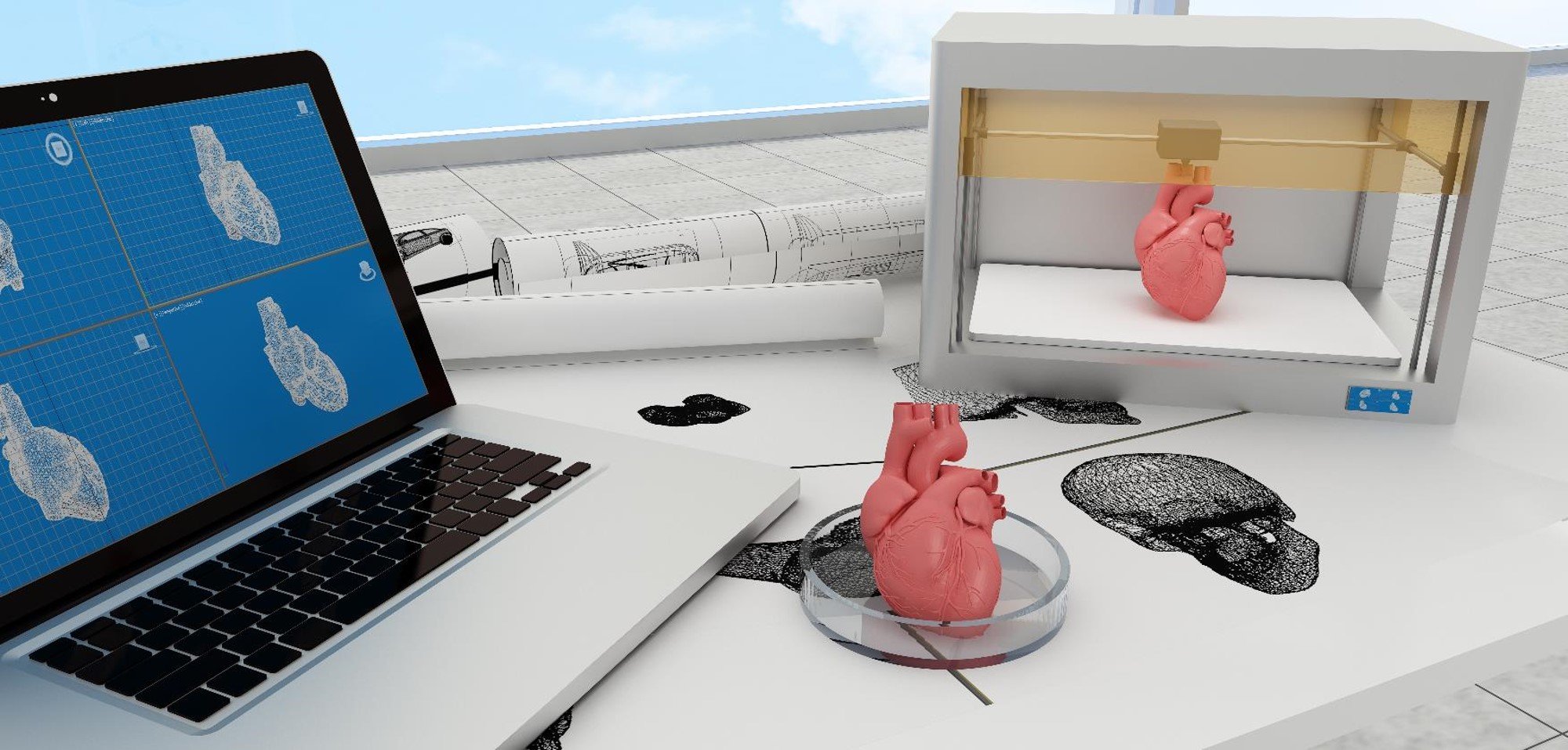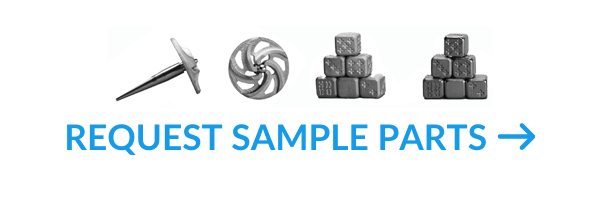Product development can be a lengthy, complicated process with a broad spectrum of outcomes. According to Engineering.com, “Taking a product from concept to reality is an intricate, expensive and time-consuming process. It’s not easy and there is a high degree of risk involved.”
If the product is relatively simple and things on the manufacturing side go according to plan, the full cycle from ideation to production might be measured in months. If the product is complicated or the plan falls apart, product development could take years, become wildly expensive, and even bring quality issues with the final product.
With no room for error, it’s important to get production right the first time.
Transitioning from Prototyping to Production
One of the main challenges with the product development cycle is the transition from prototyping parts to full-blown production. Historically, designers and engineers use different fabrication methods to prototype parts versus those used in production. For example, it is usually more economical to initiate the product development cycle with CNC machining to build a prototype. Later, when the engineer is ready to ramp for production, she transitions to investment casting or metal injection molding (MIM).
This transition between different manufacturing technologies can be problematic in three ways: speed to market, (re)qualification, and cost. Below, we’ll take a detailed look at each of these pain points associated with transitioning from prototype to production—and discuss what better options exist for manufacturers.
Speed
Perhaps the most obvious challenge that arises when multiple technologies are used in the development cycle is timeline. As any developer knows, it takes long enough to spin up one manufacturing method. Once a design is deemed workable and ready for production, the entire process must be repeated and re-engineered in whichever manufacturing method is deemed most effective for full runs.
This often requires the involvement of an additional vendor. Now, in addition to looking at a repetitive re-tooling process in more than one facility, manufacturers have to juggle multiple vendors and relationships.
Communication challenges increase, and the process necessarily slows down as a result.
The reality of this is it significantly impacts the overall product turnaround time.
In the best case, the transition from one traditional manufacturing process adds months to the development cycle. In the worst case, multiple production technologies need to be evaluated or tested, which can add years to a development cycle.
(Re) Qualification
A highly related challenge involves the need to re-qualify the new manufacturing process to ensure that it can achieve the same (or better) level of performance as the prototypes. Developing new QC protocols and understanding the variations in part properties of the two parts becomes very important.
This introduces a lot of risk. What if a CNC-machined prototype meets certain specifications, and in spite of well-laid plans, the metal injection molded production version doesn’t measure up? Now, in addition to a significant slowdown, there could be a huge performance or engineering challenges to solve.
Cost
Lead times and tooling are always associated with significant investments. Obviously, it’s much more expensive to work with multiple technologies in the development cycle.
Multiple vendors add a lot of logistical complexity and coordination challenges, increasing the likelihood that the product launch will be delayed.
The missed revenue hurts, but what happens when a competitor beats you to market?
The multi-vendor setup that often comes with multiple manufacturing processes can drive up costs the same way it extends timelines. Coordinating communication between the project manager responsible for the development cycle itself and the engineering, logistics, and customer service teams at multiple vendors can be a major challenge.
The risk of miscommunication between vendors can lead to costly missteps. If there’s a botched informational exchange between prototyping and production, full runs of defective products are possible. The more links incorporated into the development chain, so to speak, the more potential there is for one to break and cause a painful error in terms of both time and money.
The Holy Grail: Metal 3D Printing
Fortunately for manufacturers looking to reduce this risk, 3D metal printing technology has the potential to overcome these transitory challenges. New production technologies are on the horizon.
Metal AM enables manufacturers, for the first time, to use the same technology in both prototyping and high-volume production runs.
Each part that a manufacturer wants to bring into production deserves an individualized analysis to determine the most cost-effective method, but as we discussed here, a growing subset of these cases are now addressable by metal additive manufacturing. Prototyping with 3D printing, which requires only a small fraction of the setup and labor of other methods, is the exact same process that’s used for full production runs.
Lead times with 3D metal printing are abbreviated significantly because there’s no (re)qualification necessary when the determination to go ahead with a prototype is made. The process is identical.
There’s also no need to involve a second vendor and incur the frictional costs that come with integrating two organizational processes. This makes the full process of getting a new product to market cheaper and faster.
Finally, there’s the peace of mind that comes with knowing that there is no hand-off that might be mishandled. The entire process is internal, which means that manufacturers only need a single point of contact to make changes or get updates.
Streamline & Simplify Your Product Development with 3DEO
3DEO’s Intelligent Layering process is uniquely suited to facilitate high-volume, low-cost production runs of high-quality metal components. We serve as a single-source solution from early product development to high-volume metal component production.
Once the prototype is completed, we’re able to transition seamlessly into on-demand production, allowing customers to order exactly the number of components they need, when they need them.
Above all, you can be sure that the quality and properties of the prototype that gets approved will match the production version because nothing about our process changes.
{{cta(‘8e2d4675-7c44-4d4b-99af-c8ef1aa04dce’)}}



